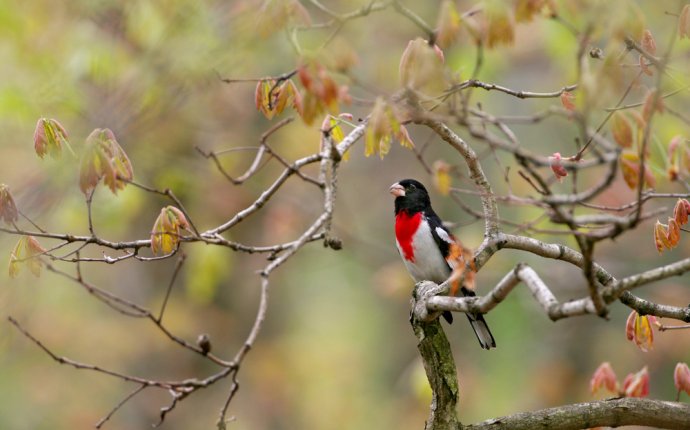
Eastern Songbirds
 Special to specific regions
Special to specific regions
Eastern Songbirds
020 Red-eyed Vireo (Difficult to see but often heard as are very common in eastern forests. They stay high up in deciduous canopies where they sing frequently and consistantly through out the day long into summer.) Not a bird likely to be found in the Southern Western states but their range does extend across the norther teir to Washington and Brittish Columbia.)
030 Golden-crowned Kinglet (A small little songbird that breeds in coniferous habitat of the North and mountainous regions. I winter they may be found distributed more widely as they move out to occupy a variety of habitat.)
040 Eastern towhee (A common bird of eastern forests and often seen as they thrash about on the ground and understory.)
085A Yellow-rump Warbler (Myrtle) (Breeds in conifer forest of Canada and northern US states as well as mountainous areas further south. They winter in large numbers in the south and southeast.)
086 Black and White Warbler (A common breeder in a variety of forest habitats of east US and Canada. They are also common winter residents of Florida and Texas.)
 087 Northern Parula (Common resident of eastern woods where they find their specific needs. They like mature riparian woods, that is old growth along streams and rivers)
087 Northern Parula (Common resident of eastern woods where they find their specific needs. They like mature riparian woods, that is old growth along streams and rivers)
089 Blackburnian Warbler (Breeds in conifer forests of Canada and northeastern states down through the Appalachia Mountaints. A migrant through other parts of eastern US.)
090 Cerulean Warbler (Breeds in deciduous forest of northern United States and migrates south over the Gulf of Mexico and through Texas.)
091 Yellow Warbler (Very common and easy to find in almost all North America. In Southeast and Gulf states they will winter are less likely to be summer residents.)
092 Prothonotary Warbler (Breeding habitat is mature wooded swamps of the east and especially in the southeast, such as bald cypress or Tupelo.)
 093 Hooded Warbler (They nest in deciduous forests of the eastern US. More specifically they like woods open enough to have some degree of scrub understory. They winter and or migrate through Florida and Texas.)
093 Hooded Warbler (They nest in deciduous forests of the eastern US. More specifically they like woods open enough to have some degree of scrub understory. They winter and or migrate through Florida and Texas.)
094 Common Yellowthroat (Hence their name they are very common though out North America where ever their preferred habitat is found. That is the edges of marshes and wetlands. In Florida, Texas and around the Gulf shore their presence is more limited to wintering and migration.)
096 Chestnut-sided Warbler (Summers in eastern Canada and into the northern states and Appalachia. They like young deciduous forests.)
097 Golden-winged Warbler (Not your typical backyard bird. A decreasing species of the Midwes to northeast temperate region. They depend on the natural regenerative growth after periodic fires and floods. Since such events are suppressed in our highly managed landscapes this type of transitory habitat is increasingly rare. )
099 American Redstart (Woodlands, primarily deciduous, of the midwest and east and north to many parts of East and West Canada. Not a likely summer resident of Florida, Texas or western states but migration flows through most all regions from points north.)
100 Painted Bunting (They like semi open country with shrubs sparsley populated with trees. The eastern population is mostly along the southeastern coast in the uniquely "arid like" habitat on barrier islands and around esturaies.)
101 Indigo Bunting (Common breeder though out Mid West and eastern North America from southern Canada to Florida and Texas. They like brushy edge habit and so are likely to be seen in and around any suburban to urban park area.
103 American Goldfinch (Seen through out North America and a year round resident in the middle tier of the continent. They love open fields along the forest edge.)













